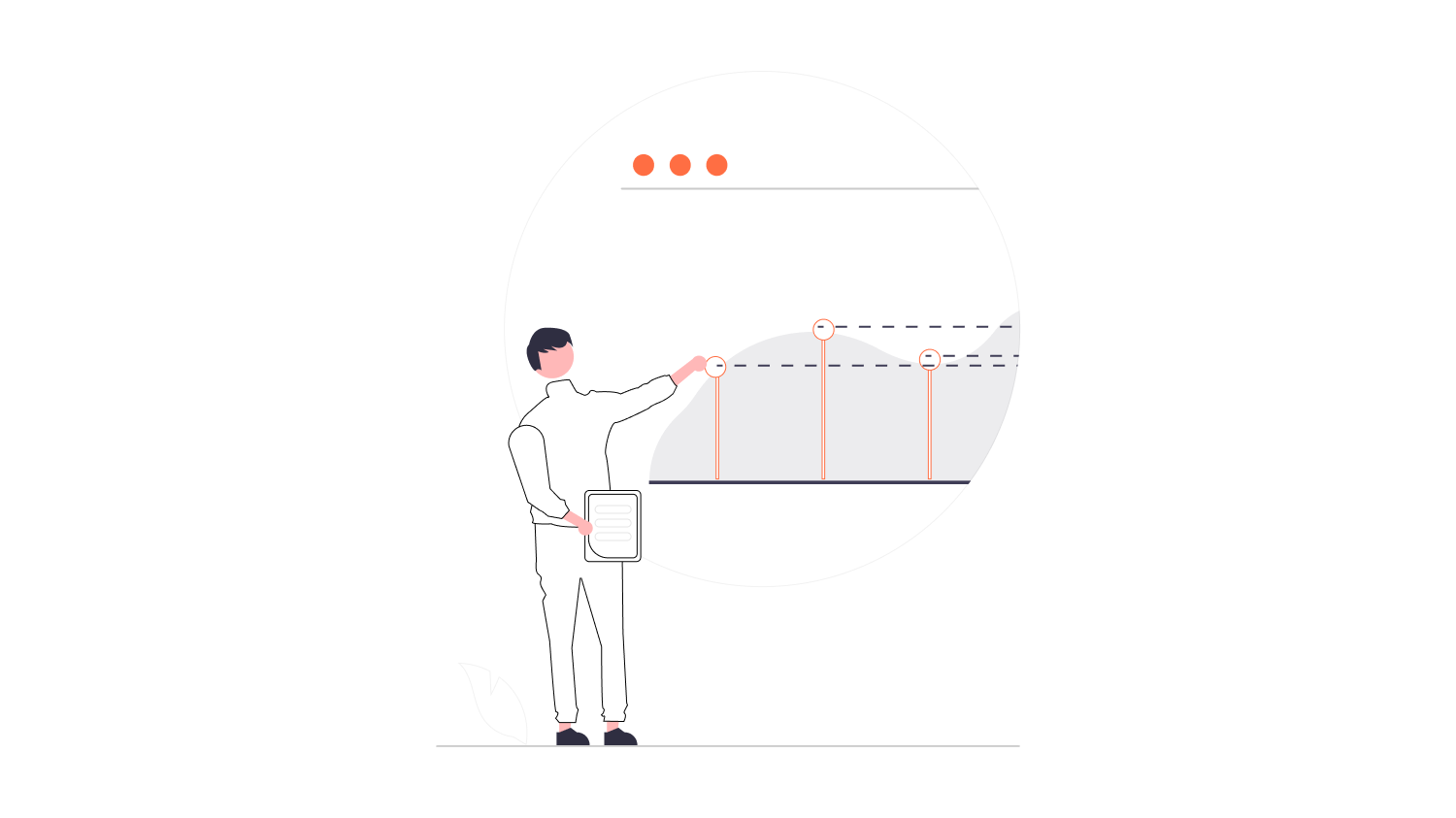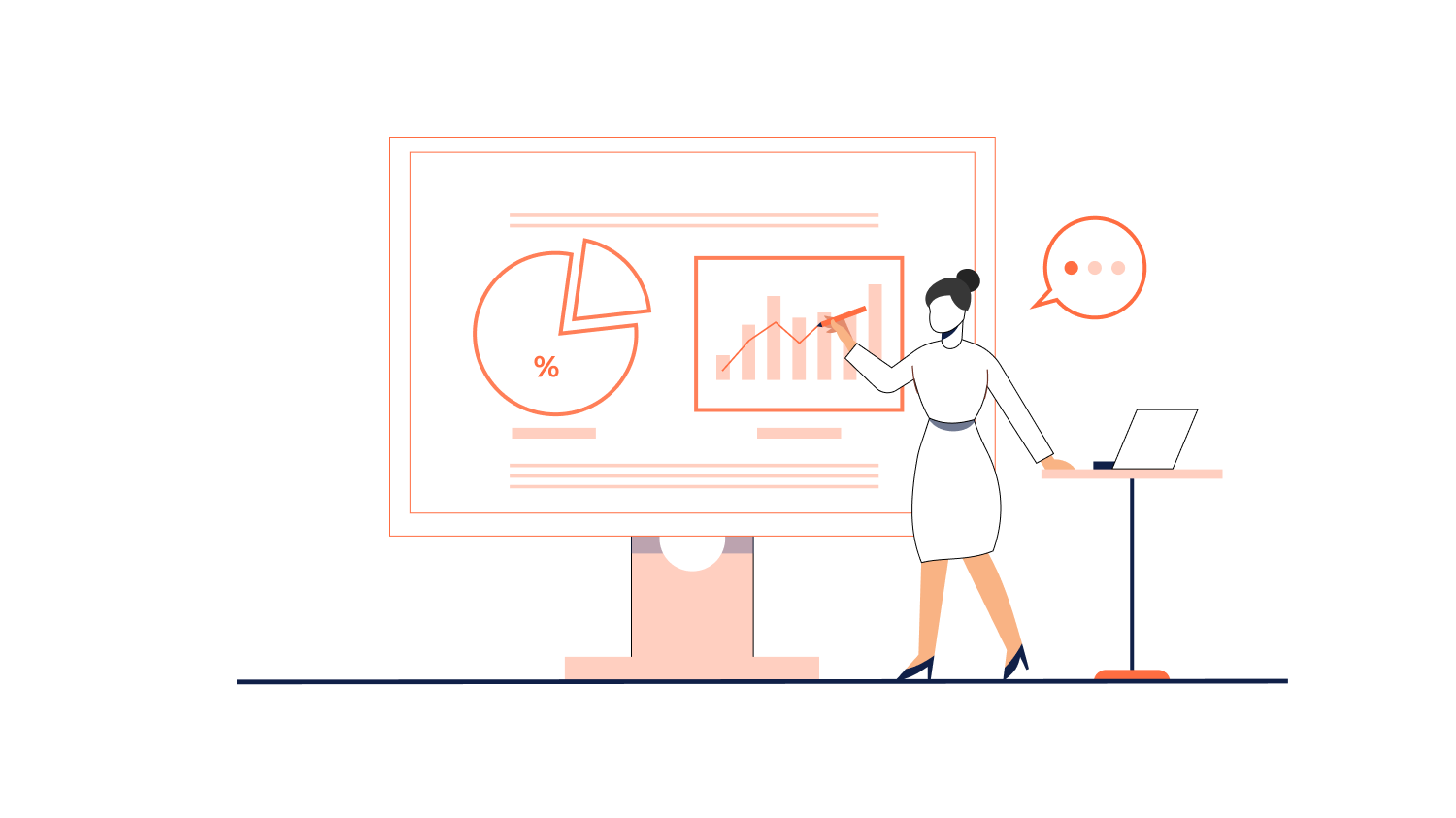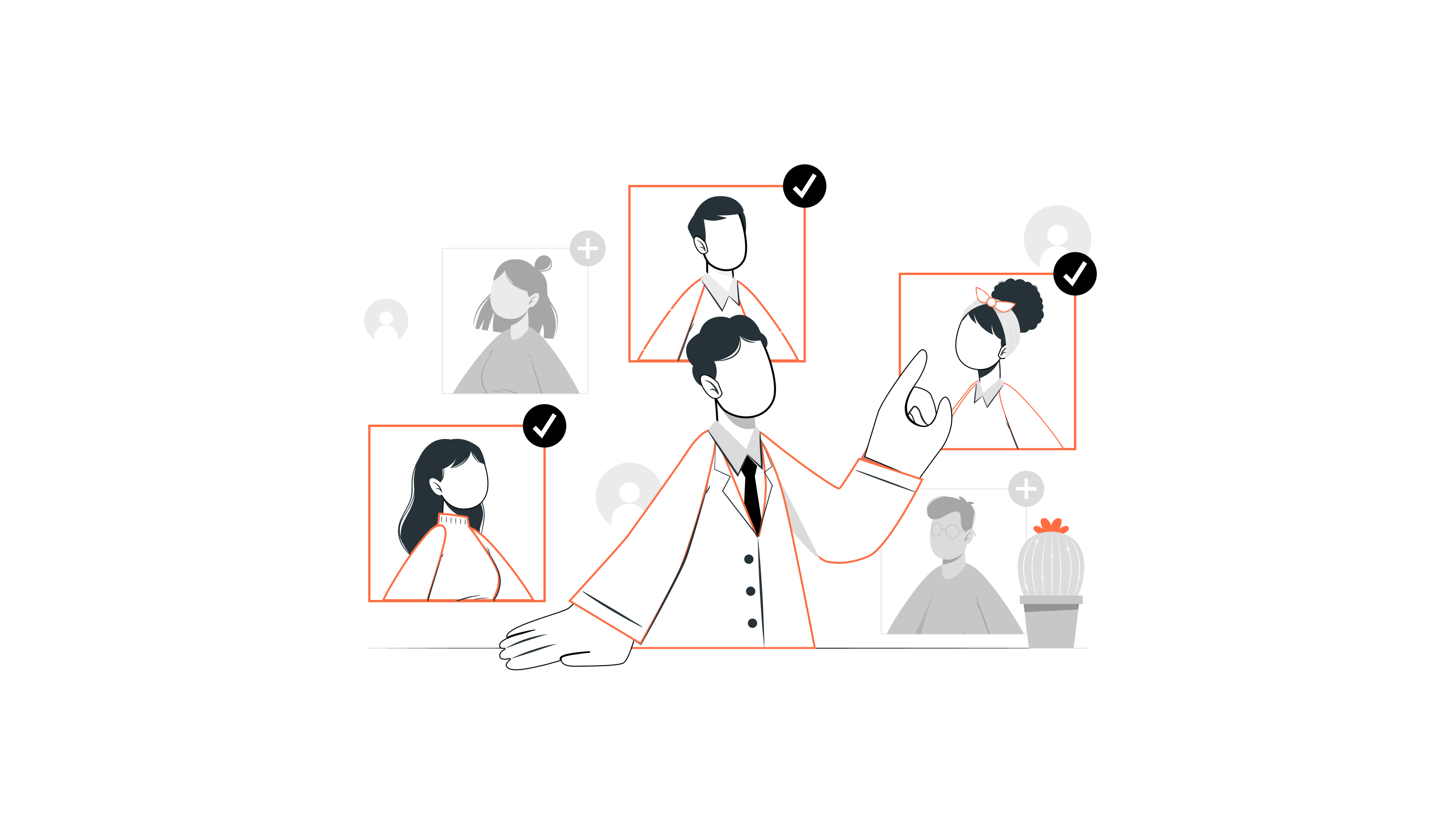Everybody starts their own business with a dream to rise above the stars. Businesses follow different models which they think are right. Selecting a suitable model for your business is an important step that determines the scalability of a business.
This can help you scale up by taking examples and action plans of successful enterprises. Let’s jump right into some prominent examples of business models.
1. Freemium Business Model
In this business model, they offer some of their services free of cost and charge an amount for their premium packs. As you have given a taste of your product most of the customers will come back for more.
We can find this business model in action when we are relaxing with a cup of coffee and some sweet music on Spotify. Just when you relax into the calm tunes, you will hear the monotonous nagging to upgrade to premium for uninterrupted music.
By carefully calculating what you can give away and what you can show to attract more premium customers, you are creating a great strategy for attracting more clients. This model always ensures a greater customer lifetime (the time which ensures the cash flow from the company).
But the biggest problem faced by this model is attracting the wrong type of customers. When you give things for free, the people who like free stuff will gather around. The real question for you will be, how to convince these people to upgrade to premium.
The flaw of the freemium model is that you would be depleting your cash flow by supporting non-paying customers. Even though a large number of users is an added advantage, we might be able to change these customers to paying ones but till that time you have to split your resources to help them.
The time, money and resources used in the transition of non-paying to paying customers would be troublesome. You would be riding the thin line of spending and acquiring assets.
2. Razor and Blade Business Model
This cheeky strategy involves pushing a primary product into the market at a low cost or free but the complimentary items will always be at a high price. That’s why the name razor and blade model, the primary product razor is at low cost when considering the price of the blades.
This model is also adopted by ink cartridge companies and so on. Apple took this business model but they ‘thought differently’ and changed it. They push their primary product at a much higher rate compared to its complimentary items. This model is the reverse razor and blade model.
This is an ideal business model if your customer revenue is based on the usage of your product but like every other business model this also has a drawback. The downside of this model is its competition, when the basic product does not meet customer expectations they can always go with a different brand.
3. Crowdsourcing Business Model
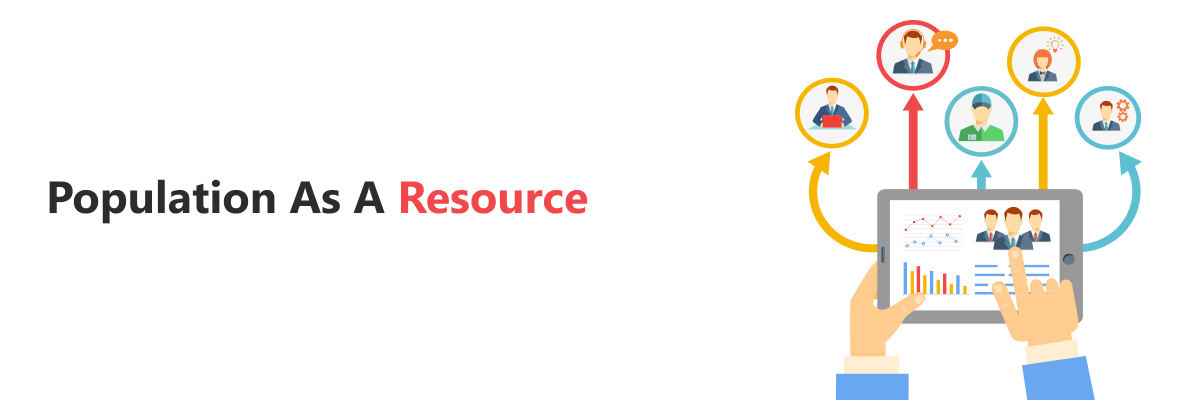
Many believe population is a huge drawback of humanity, but this business model changes that perception.
As the name suggests, crowdsourcing gathers services from a group of people who may be hired professionals from other companies to customers through voting, microtasks, etc
You can outsource your work to places where labour is affordable and with the added advantage of innovative ideas from a whole new set of people.
Legos uses this business model by giving the opportunity to the customers to design their own toys.
By doing this they are literally getting new ideas from the customers, which is a great way to understand what the market wants because you are taking suggestions from the market, and who better understands the market other than the market itself.
But with the power of quantity there comes a cost in quality, as there are a lot of people doing tasks there would be plagiarised products, substandard items, etc. and there will also be problems related to confidentiality.
4. Franchising Business Model
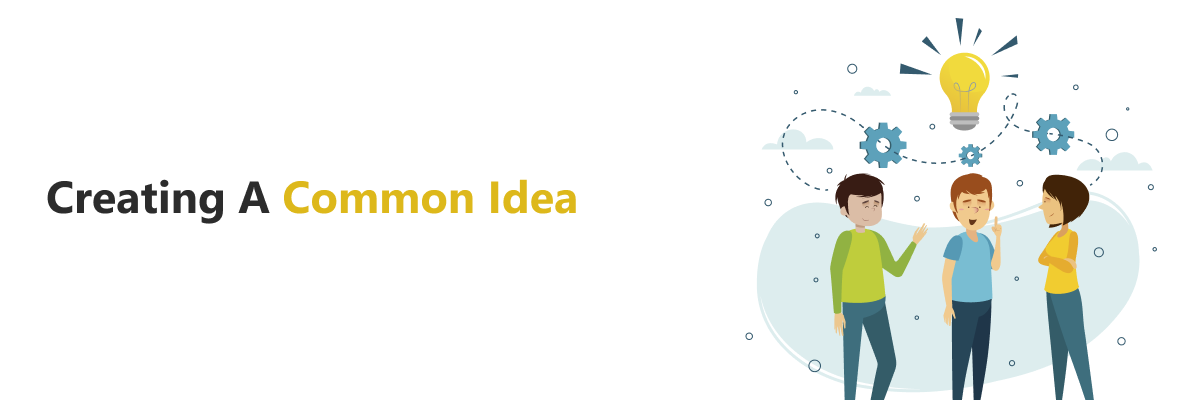
Ever wondered when you walk into every Starbucks it’s the same theme, same colour and the same menu for all of their outlets ? This is actually the franchise business model in action.
People can make deals with companies like Starbucks, Apple, etc to sell the company products or services with the company trademark, knowledge and process for a franchising fee. This gives your business the opportunity to scale up to a global level without your personal supervision or your talent pool.
Even when this is freeing, you should remember some downfalls of this model. There is a high chance for legal disputes because you enter into a business agreement with other people and any disputes must be resolved in mediation or court system.
The franchising agreement should be airtight because when you are the franchisor you need to look after your brand and property.
5. Peer-to-peer Business Model
How many cars does Uber own? How many hotels does Airbnb own?
None. Yet they are the largest taxi and hotel services there are now.
These are examples of peer-to -peer business models where a company acts as the middleman between the consumer and the producer. Companies like Uber, by collecting a fee for their services provide customers a direct link to their service provider and saves them from the hassle of finding these on their own.
The peer-to-peer model actually thrives from the idea to make the customer’s life easier and we humans like things handed to us. So as long as humans exist, the peer-to-peer model has the ability to scale up.
The main problem with this business model is that the customer is never in contact with the seller, so there is a chance of online fraud like counterfeit products, and a case of security of the customers personal information.
No seller can be added to the marketplace without proper background checks. Security is a main concern in this business model.
6. Subscription Business Model
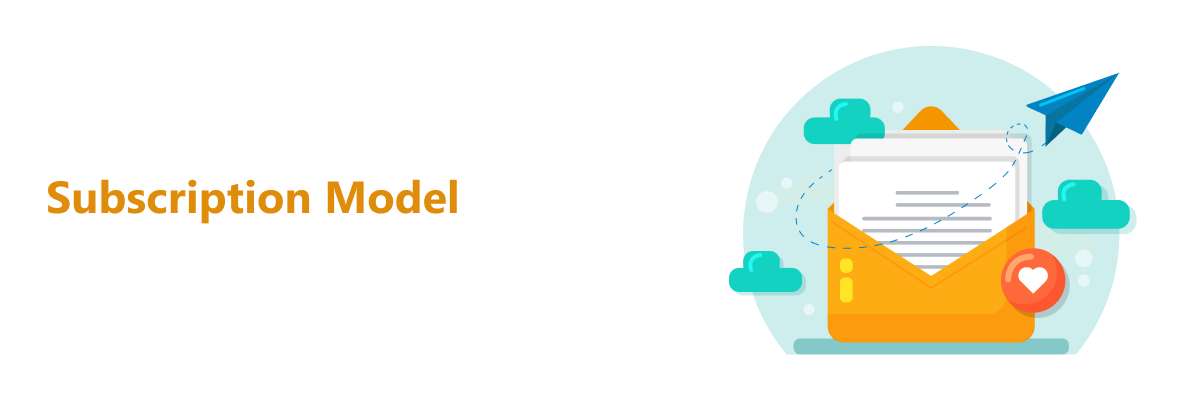
This is the business model for people out there who want to receive regular payments from their customers and make a solid cash flow.
Here the companies provide access to their services for a period of time at a price and the customer needs to renew this at recurring intervals.
Netflix is a great example for a company that follows this business model. They collect money to access their exclusive contents.
This business model has a high scalability rate as the contents once created need not be reproduced to serve each consumer. You just give access and done, that’s it. These customers will come to you to renew their subscription if it’s worthwhile. This ensures a higher customer lifetime.
Subscription model is great in getting a regular income but here is something to think about before you use this model.
Maintaining a subscription model is hard. You have to regularly update your contents or your subscribers will drop out. Furthermore, in the startup phase you really need to convince the customers of the value of your product or service to bag subscribers.
7. Bundling Business Model
Bundling happens when companies with different products and services come together to provide you with a service as a single combined unit.
Mcdonald’s Happy Meals have lego toys, soda, etc in them, each is provided by different companies but served as a single product. This model increases the revenue by simplifying the decision of customers who have a difficult time to pick.
Providing more related services in a single place will attract customers and help in selling the product, of different brands, as a bundle. And this will also ensure greater customer satisfaction.
Scalability opportunities arise here when bundling with the right companies can introduce you to a new market of possibilities and the chance to grow exponentially.
No matter how great a model is, there will be some drawbacks. Here, as the products come in a bundle, people who want only one product would be reluctant to buy the bundle and so the selection of products is crucial.
8. Ecommerce Business Model
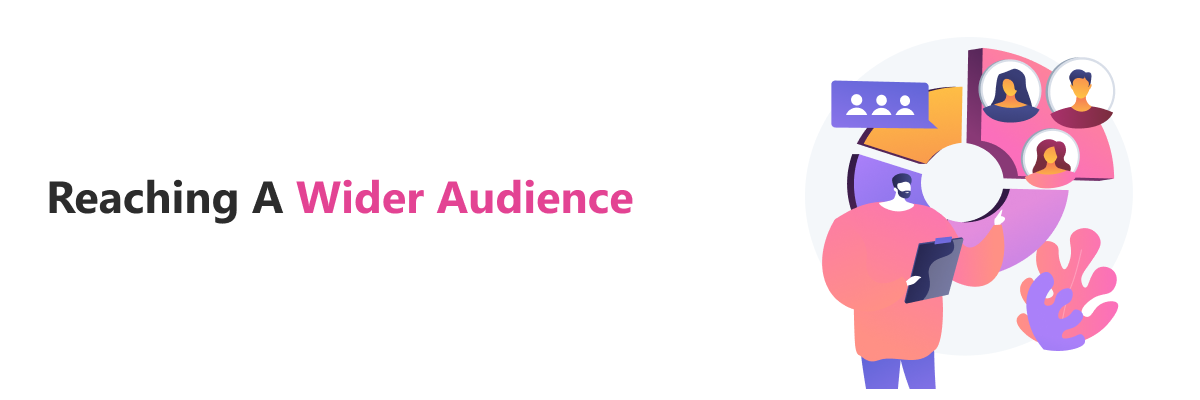
E-Commerce is a business model with a lot of branches but the core of the model lies in the hands of the internet. You can show your product to a wider audience than the local market and gather their orders online.
By collecting the basic details they can send the product to the person or company. Jeff Bezos will have a few words to talk about this model as Amazon “is” E-Commerce.
The opportunity to scale up is immense because of the internet. Everybody can see everything through it. And with eCommerce, people can now shop for anything of their desire that may be halfway around the world.
The things to remember while using this business model is that you are using the internet for your business and all the problems associated with it will be your problem too. Like site crashes, security, lack of privacy, etc will be a problem for you.
Here is 12-step actionable guide to successful ecommerce web development.
9. Aggregator Business Model
In the Aggregator Business model, an aggregator collects information on goods and services from various competing sources and makes them their partner. Here the aggregator provides the best user experience for the customers and thus increasing the market for manufacturers.
If you doubt the scalability of this model, then I suggest you look at Amazon and Uber. Scaling up is inevitable in this model because, if successful, it will always attract a huge audience and you need not worry about the production side. The platform doesn’t need to be manufactured again and again for every new user.
Takeaway
The world is full of opportunities to scale up your business. And businesses that scale-up have a model that is similar to the idea of passive income (a source of income that makes money even while you are asleep), scaling without intensive supervision.
These are a few models you can consider while looking for ways to improve your business or startup. Your business model is your action plan, so plan wisely and aim for global acceptance.
Not enough? Then read on about 15 more different Business Model Ideas.

